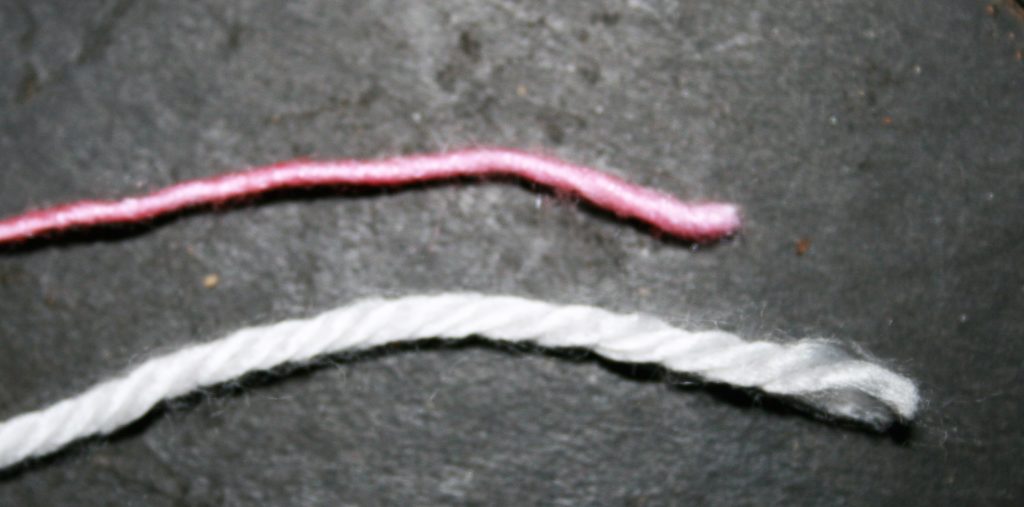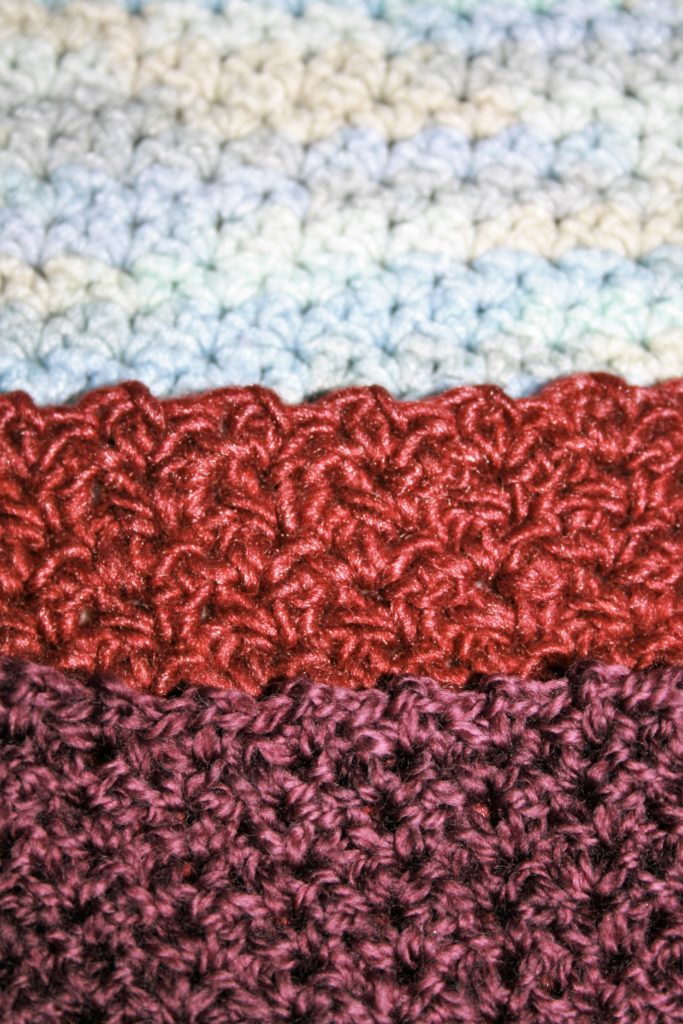Crochet Puffs, Bobbles, and Popcorns are great ways to add texture for fabric. The differences between these stitch techniques is subtle, but help vary the size.
This stitches add great texture, and can even be worked in Tunisian Crochet.
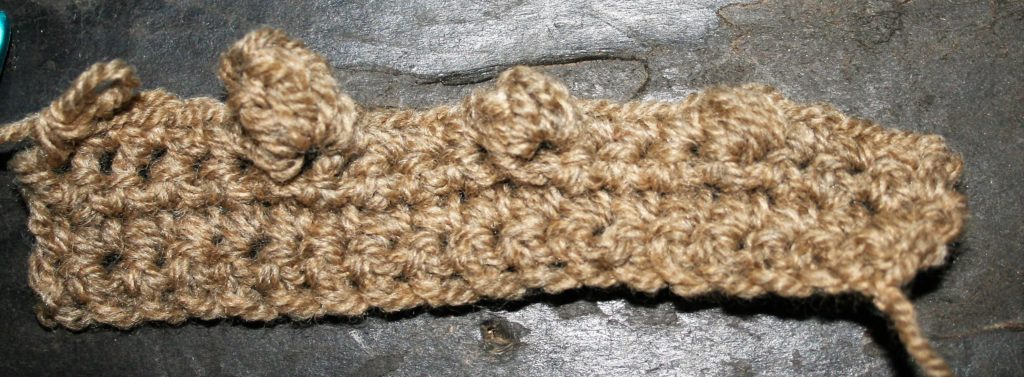
Crochet Puffs
Puff stitch is many loops that are added to a hook. Beginning this stitch is very much like a single crochet, by inserting the hook and pulling through a loop. The process of adding loops happens by yarning over the hook and reinserting the hook into the same stitch, yarning over and pulling through a loop. Repeat This step a number of times. Finish by a final yarn over and pulled through all the loops.
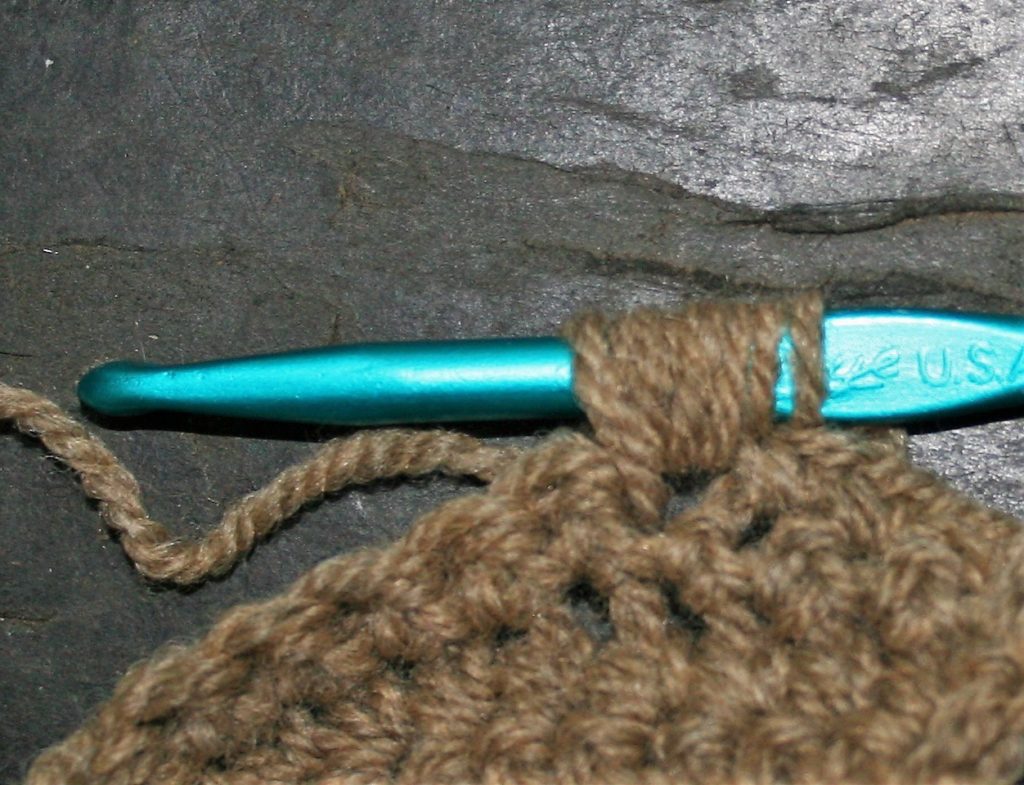
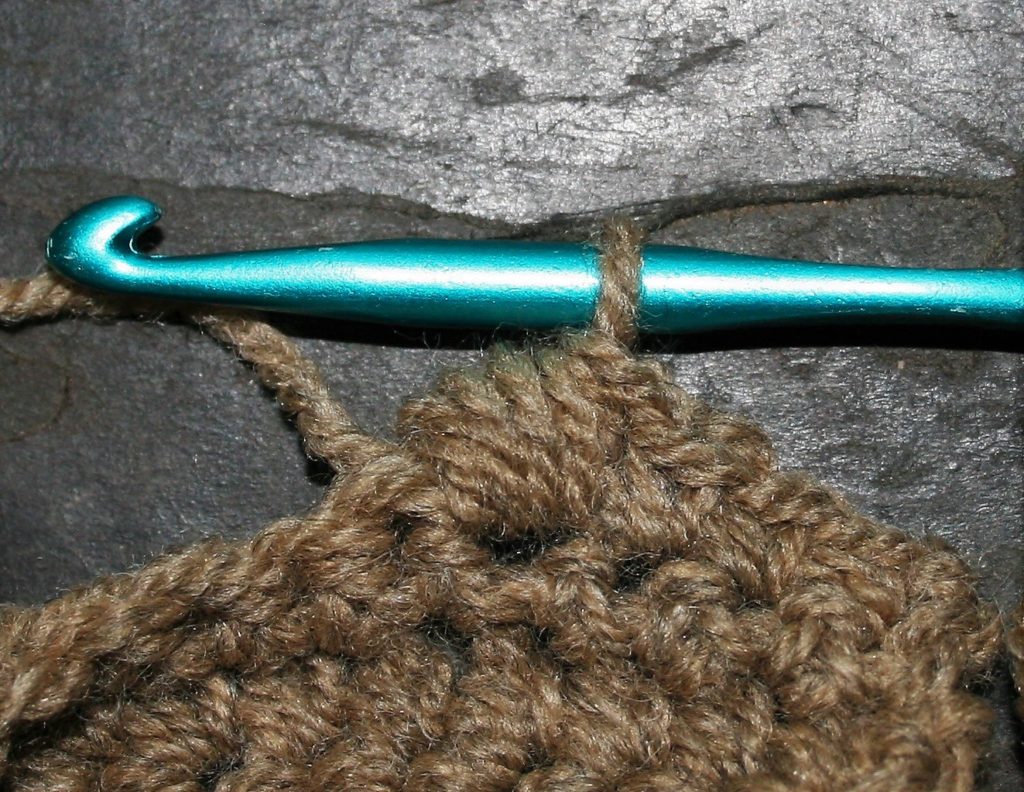
The more loops the fatter the puff stitch can be.
Fatter stitches can also be created by yarn weight. A thin yarn may not need as many loops as a lighter weight yarn to create a nice texture.
Another nice feature is that this stitch is reversible.
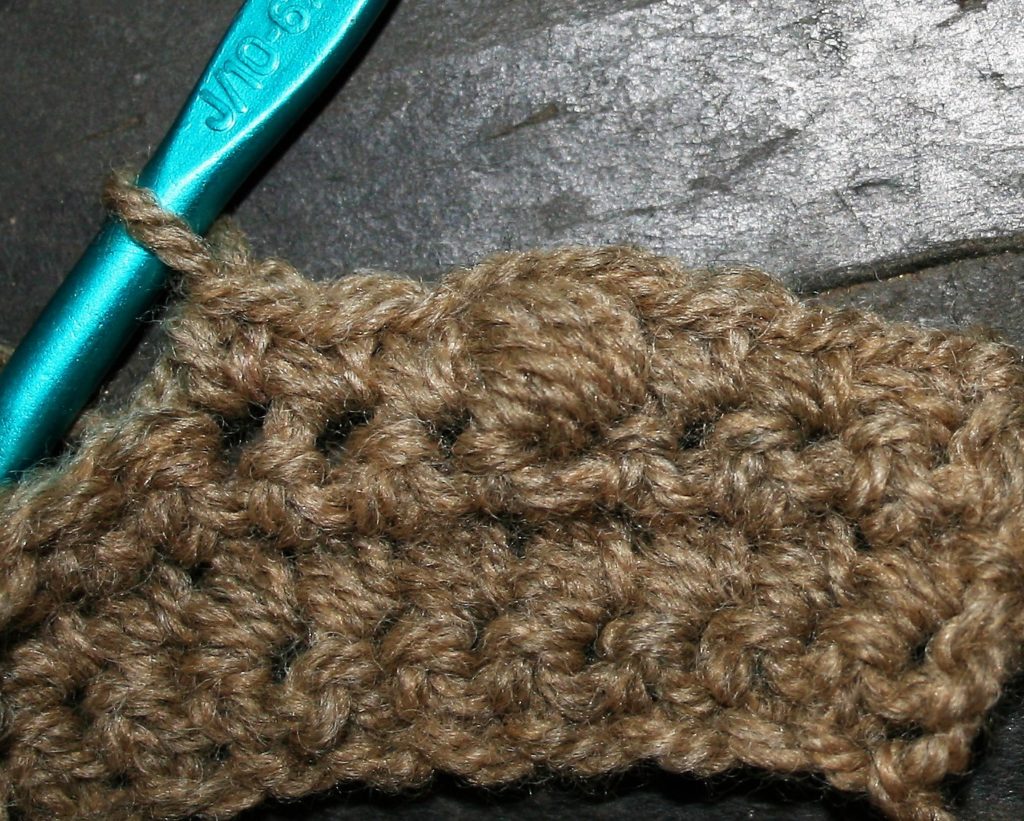
Crochet Bobbles
Bobbles are incomplete double crochet stitches worked in the same stitch. Work like a double crochet in the beginning. Work a double crochet until there is 2 loops left on the hook. Yarn over, insert you hook into the same stitch, yarn over and pull up a loop. Then yarn over and pull through 2 loops. Leaving remaining loops unworked repeat the process.
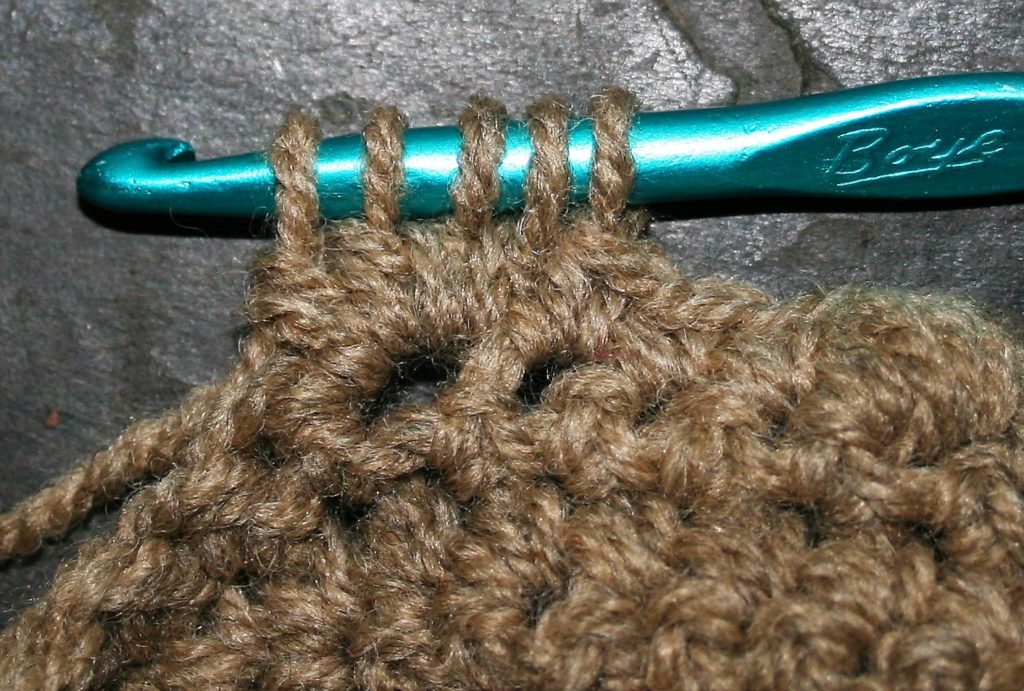
Bobble stitches naturally push themselves to the back of the fabric, and have more roundness by working an odd number of partially completed double crochet stitches.
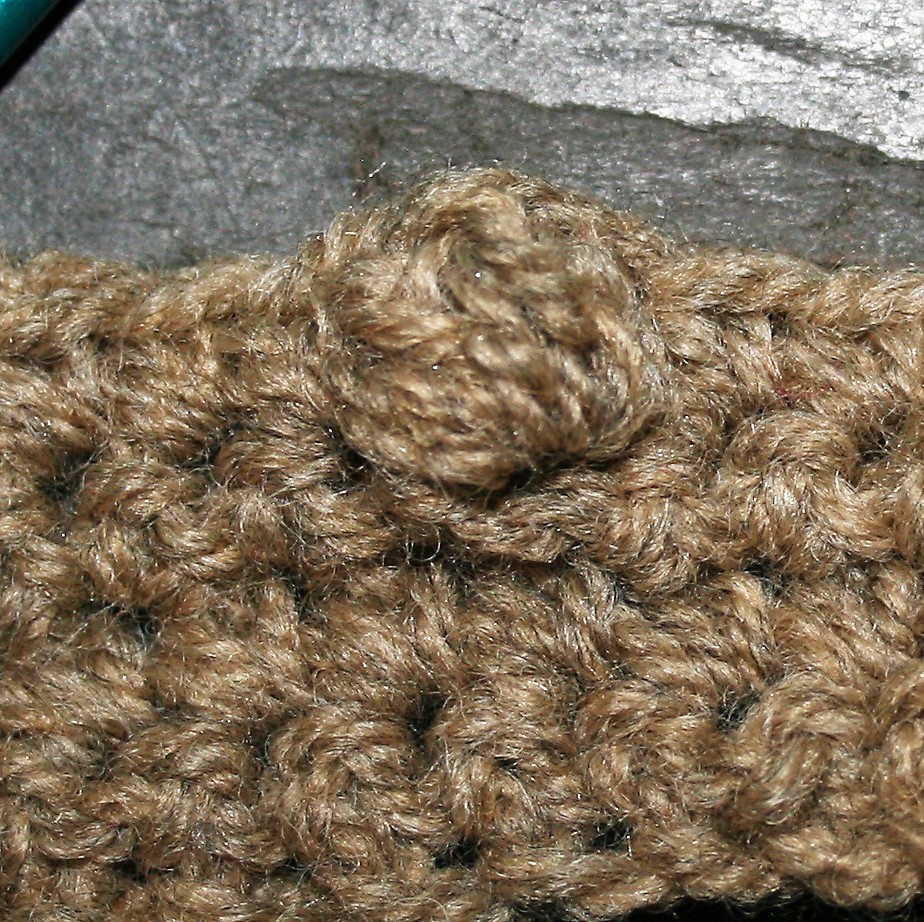
Crochet Popcorns
Creating popcorn stitches is actually a unique twist on shell stitches. Create this large texture bump by making a shell of double crochets. Remove the hook from the working loop and reinserted in the top of the first double crochet of the shell. The direction you insert the crochet hook in this stitch is what actually determines what side of the fabric the popcorn pushes to. Inserting the hook from the front to the back creates a forward facing popcorn, while inserting from the back to front creates a backward facing popcorn.
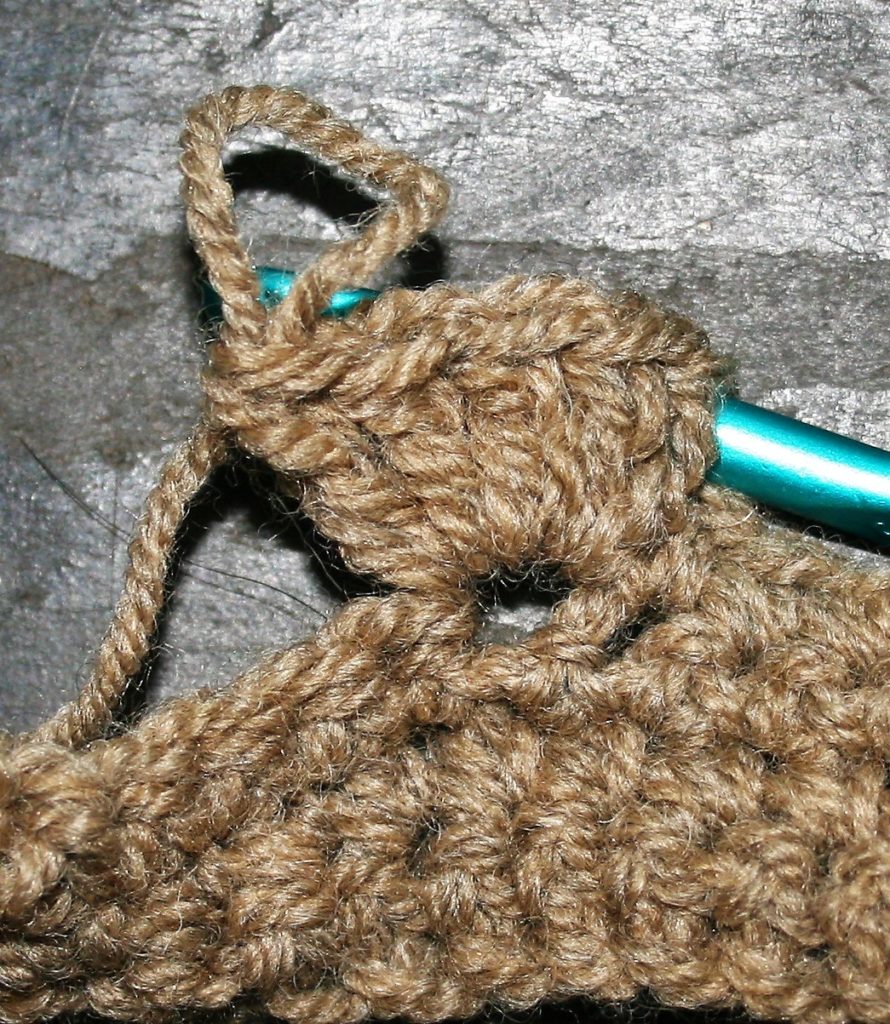
Reinsert the hook in the working loop and pull it through the stitch. This closes the top of the stitch.
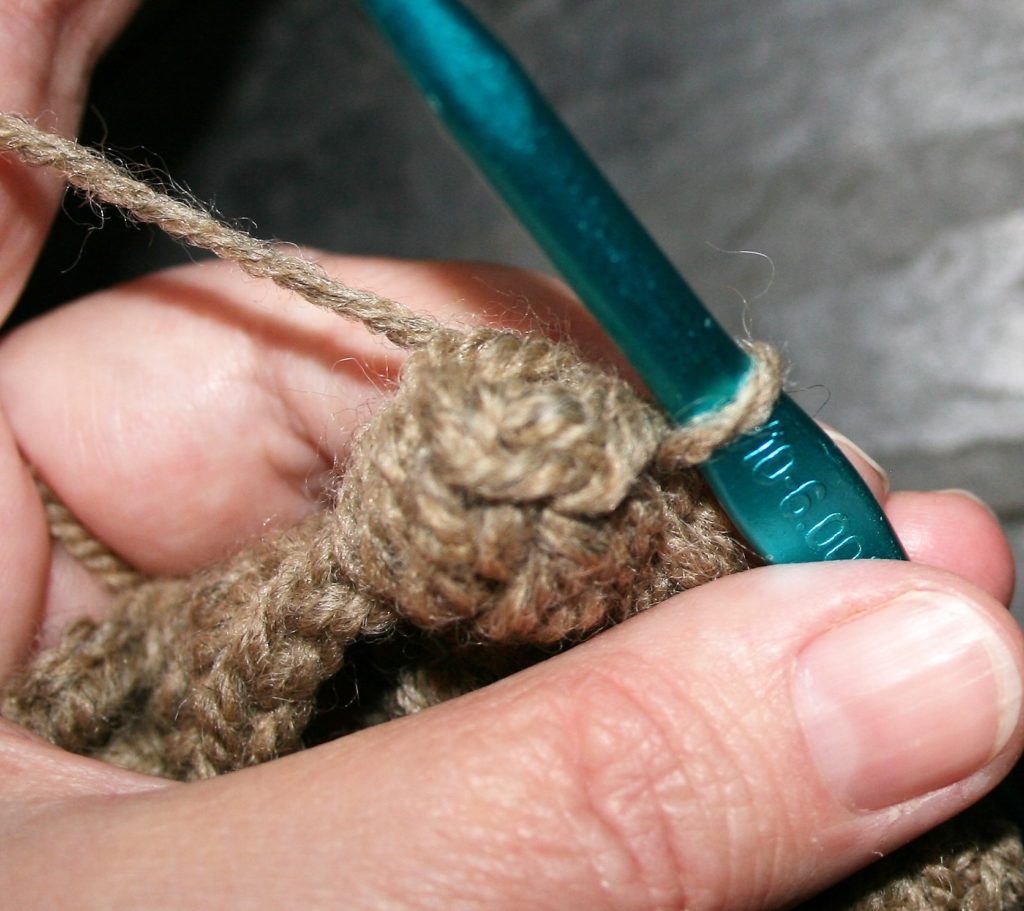
Just as the bobble, by creating an odd number of double crochet stitches the popcorn can be more rounded.
Crochet Puffs, Bobbles, and Popcorns stitches can dress up many projects and can be added just about anywhere on just about anything.

